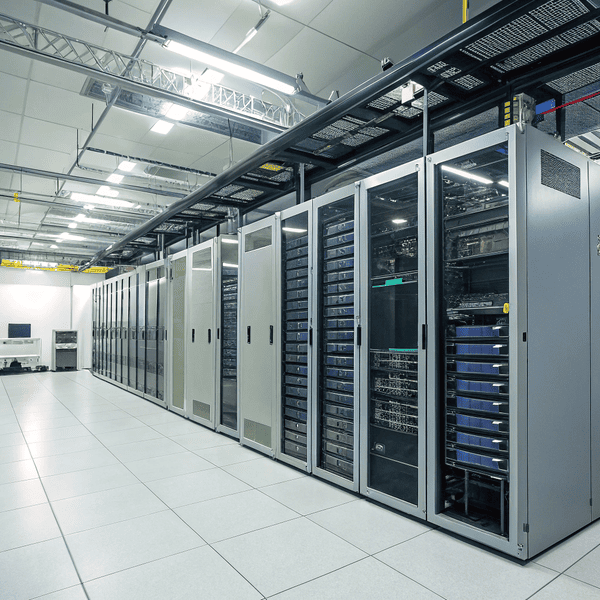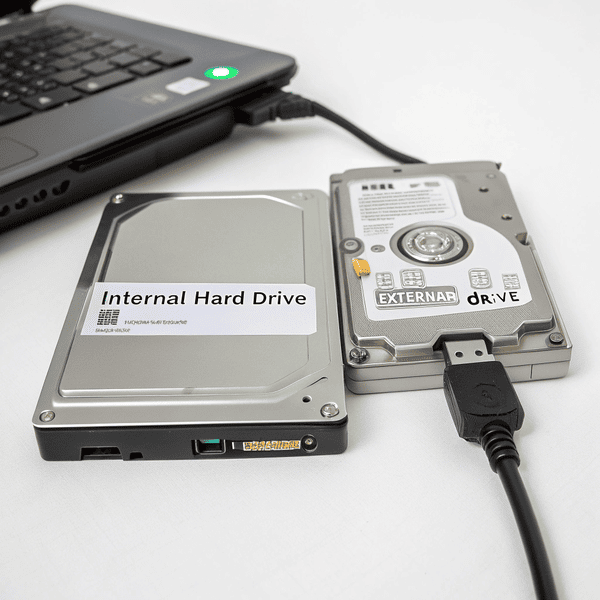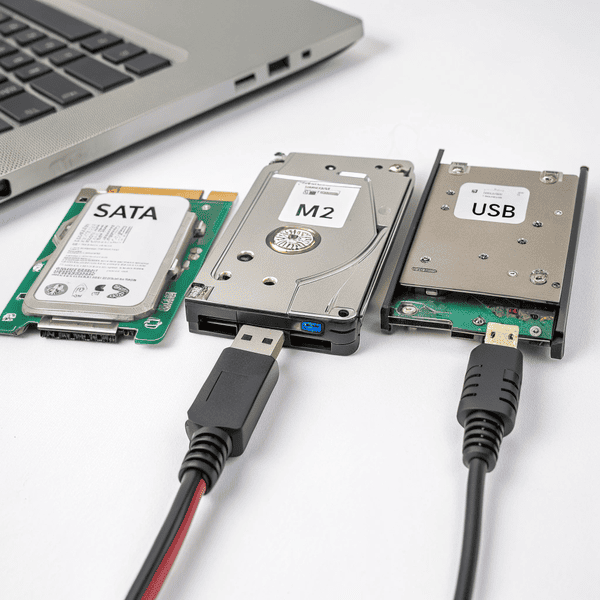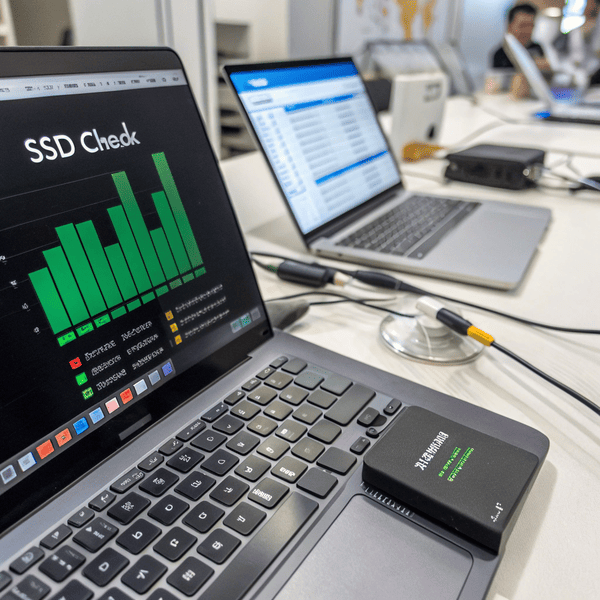If you have ever walked into a data center, you know the impressive sight: rows of machines, blinking lights, and a cool, controlled atmosphere. But many people overlook what truly makes a data center work.
The major components of a data center are servers, storage systems, networking devices, power and cooling systems, and The major components of a data center[^1] are servers, storage systems, networking devices, power and cooling systems, and security infrastructure. Each is essential to ensure smooth, reliable, and safe operations.
[^1]: Exploring this link will provide insights into the essential features and technologies that make data centers efficient and reliable.
. Each is essential to ensure smooth, reliable, and safe operations.
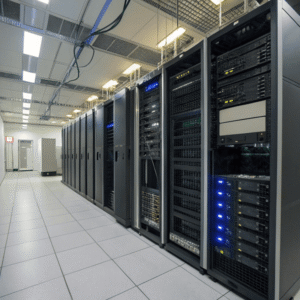
I still remember my first tour inside a functioning data center. At first glance, everything looked like just racks of servers, but I quickly learned each area had a different purpose. The key to building a successful center is not just having lots of equipment, but making sure every component works together, supporting uptime and safeguarding data from failure or threats.
What are the main components of a data center?
Walking into the main hall, you notice the heart of every data center. But what parts are truly necessary for it to function as an always-on digital hub?
The main components of a data center are servers (compute), storage, networking, The main components of a data center[^1] are servers (compute), storage, networking, power backup, and cooling systems. Without each one, operations and uptime cannot be ensured.
[^1]: Understanding the components of a data center is crucial for optimizing performance and ensuring reliability.
, and cooling systems. Without each one, operations and uptime cannot be ensured.
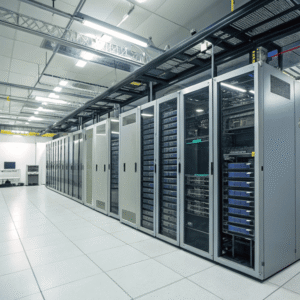
Starting with servers, they run every workload—from websites to databases. Storage systems keep data safe and ready for rapid access. Networking connects everything, both inside the facility and to the outside world. Power backups—like UPS batteries and generators—protect against outages, and cooling systems prevent heat from damaging sensitive equipment. Here's how it all fits together:
| Component | Function | Example Devices |
|---|---|---|
| Servers | Runs applications and processes data | Rack servers, blades |
| Storage | Holds data securely and accessibly | SAN, NAS, SSD arrays |
| Networking | Moves data internally and externally | Switches, routers, firewalls |
| Power Backup | Keeps things running during outages | UPS units, diesel generators |
| Cooling | Maintains ideal equipment temperature | CRAC units, chillers, fans |
Each one is vital, and missing or weak components can mean lost data or downtime.
What are the five core elements of the data center infrastructure?
Digging deeper, successful data centers rely on a structured set of elements. Each core element supports bothDigging deeper, successful data centers[^1] rely on a structured set of elements. Each core element supports both daily operations and long-term growth.
[^1]: Understanding the key components of data centers can help you optimize operations and support growth.
and long-term growth.
The five core elements of data center infrastructure are compute, storage, network, power, and cooling. These form the backbone for any level of digital operation.
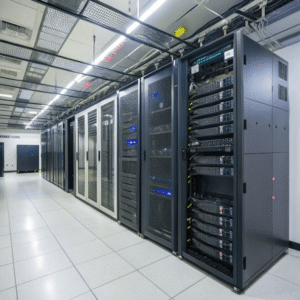
The line between “components” and “elements” blurs often, but the industry typically organizes around these five for planning, scaling, and disaster recovery. Compute covers all processing jobs, storage is for data retention and quick access, network handles everything traveling in and out, power ensures continuous uptime, and cooling keeps performance at peak by managing heat. Let’s organize these elements for clarity:
Core Elements Table
| Element | Description | Why It’s Important |
|---|---|---|
| Compute | Servers and processors | Runs software and services |
| Storage | Devices to store data | Maintains fast and safe access |
| Network | Cabling, switches, routers | Allows communication |
| Power | UPS, distribution, backup generators | Protects from blackouts |
| Cooling | AC units, air handlers, chillers | Prevents overheating and downtime |
None of these elements can be sacrificed, and the strength of each will define the reliability of your data center.
What is the biggest factor for a data center?
Everyone in the business knows towers and flashing lights matter, but one core factor always rises above the rest.
Reliability is the biggest factor for a data center. Every decision around equipment, redundancy, and environment is made to protect uptime[^1] and prevent failures.
[^1]: This resource will provide insights into effective methods for maximizing uptime in data centers.
is the biggest factor for a data center. Every decision around equipment, redundancy, and environment is made to protect uptime and prevent failures.
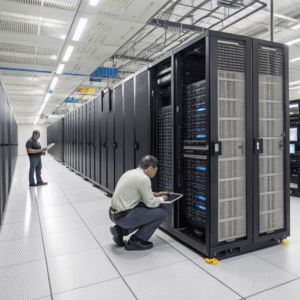
I have seen firsthand how a single power failure or heat spike can cause massive downtime and data loss. Because of this, facilities layer on redundant power routes, backup cooling, and extra network links. Even small details—like separating cable paths and regular maintenance—add up over time, preventing the tiniest flaw from becoming a disaster. Key elements for boosting reliability include:
Major Reliability Factors
| Factor | How it Helps |
|---|---|
| Redundant Power | Protects against electrical outages |
| Backup Cooling | Shields against temperature spikes |
| Network Redundancy | Avoids single points of failure |
| Physical Security | Keeps out intruders or accidents |
| 24/7 Monitoring | Catches issues before they grow |
If any reliability link breaks, the rest of the system is at risk. That’s why every serious data center makes reliability its core priority.
Conclusion
A real data center runs on compute, storage, network, power, and cooling—each chosen for reliability. It’s this balanced system that keeps your digital world always online.

